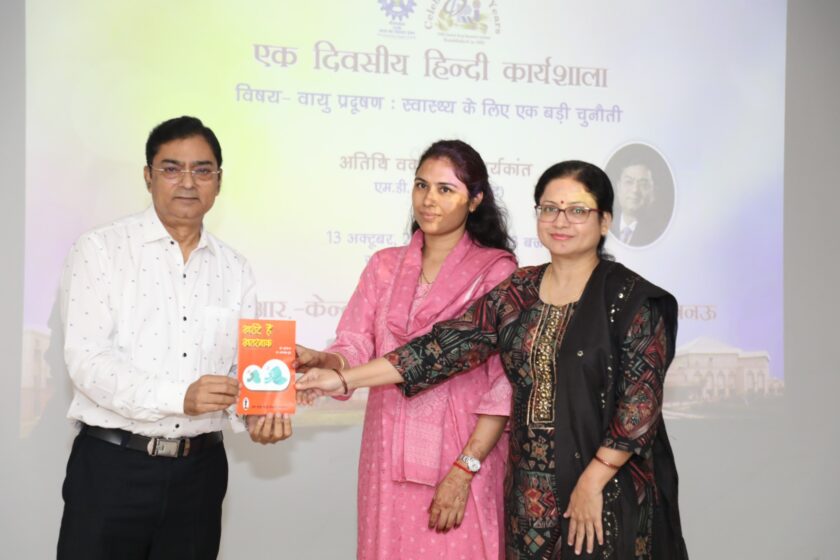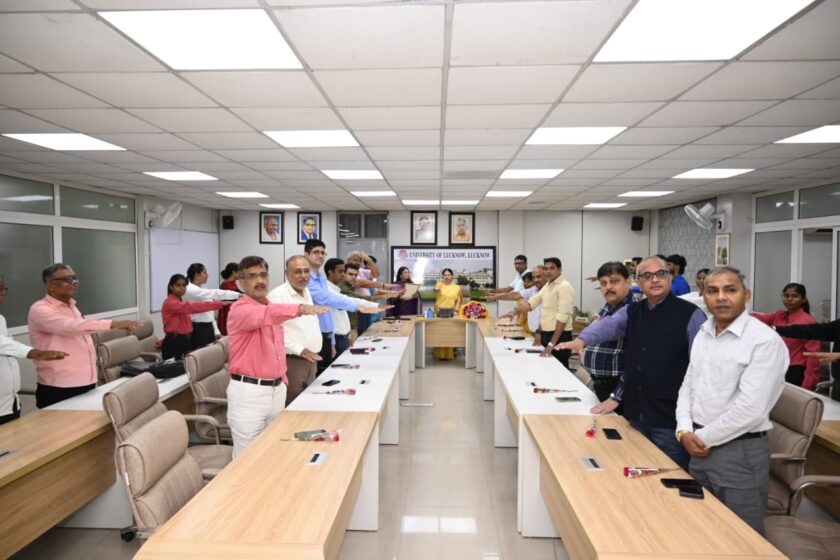New Delhi : The buzz around two emerging COVID-19 subvariants, Nimbus and Stratus, has sparked public concern and renewed discussions among health experts. Reports suggest these variants may be up to 2.5 times more infectious than previous Omicron strains, raising fears of a possible resurgence.
Active Cases Showing a Decline, But Risk Persists
According to the Union Health Ministry’s COVID dashboard, India has seen a gradual decline in active cases, dropping from over 7,400 earlier this month to 5,976 as of June 19. Despite this, experts urge caution, citing the rise of subvariants with higher transmission potential.
What Are Nimbus and Stratus?
While they are being discussed as if they are new variants, Nimbus and Stratus are in fact nicknames for already identified subvariants:
-
NB.1.8.1 – Informally called Nimbus
-
XFG – Known as Stratus
Both have been classified by the World Health Organization (WHO) as “Variants Under Monitoring” due to their spread and potential health implications.
How Dangerous Are They?
-
NB.1.8.1 (Nimbus): Preliminary evidence indicates that this is a subvariant of Omicron. Though it appears highly transmissible, WHO notes it does not pose significant additional public health risks.
-
XFG (Stratus): First detected in Canada, this subvariant spread rapidly, accounting for 25% of COVID-19 cases in Europe by late May, compared to 9% for NB.1.8.1. In India, the number of active cases reportedly jumped from 206 on June 11 to over 7,400 by June 15, though current trends show a decline.
What Do Experts Say?
Epidemiologists, including Dr. Anish Sinha of the Indian Institute of Public Health, Gandhinagar, emphasize that waves of infection in a populous country like India are expected to fluctuate. However, he cautions against complacency, highlighting that faster transmission may lead to sharp spikes even if the symptoms remain mild.

“Every rise is likely to be followed by a fall, but precautionary behaviour must not stop,” he said in an earlier interview.
Precaution Is Still Key
Health authorities continue to recommend COVID-appropriate behaviour, such as:
-
Wearing masks in crowded places
-
Maintaining hand hygiene
-
Avoiding large gatherings
-
Staying up to date on vaccinations and boosters
While the rise of subvariants Nimbus and Stratus does not currently signal a public health emergency, vigilance is necessary. Their high transmissibility, especially in dense urban areas, calls for renewed awareness and responsibility.
As India and the world learn to live with COVID-19, monitoring new subvariants, adhering to preventive measures, and strengthening public health systems remain crucial steps in curbing future outbreaks.






